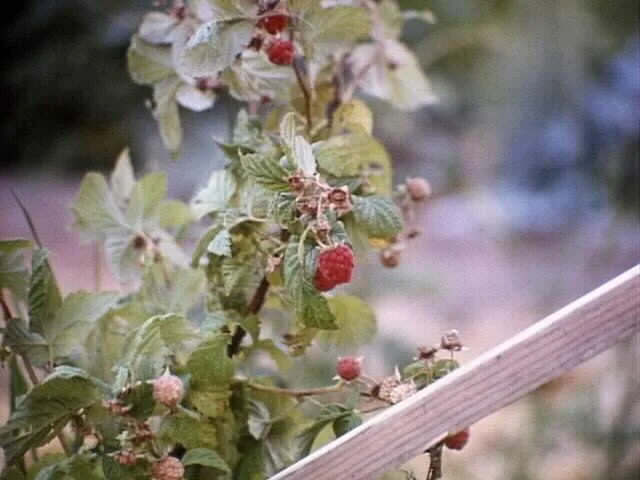Michael Hofferber © 2020 All rights reserved.
Taking care of raspberry plants in autumn is important for future productivity of the patch. This is the time to cut back on fertilizing and watering so that the canes can start hardening off; and do not prune any raspberries at this time unless the plant is seriously damaged or diseased.
Survey the patch to see what types of weeds are present and whether herbicide is needed. If biennial weeds are present in the patch, they can be controlled with herbicides at this time
Check for moles and mole runs. To determine if a run is active, poke a hole through the top of the run. Mark the location with a flag a few inches to the side of the run or by using a landmark that is memorable. In about 2 hours, check the run. If the hole is repaired or plugged back up, the run is active. Mole traps and baits must be placed in active runs to be most effective, which is why good scouting is essential.
Scout the patch for powdery mildew and apply recommended fungicides if needed. If phytophthora root rot is identified in the patch, treat the affected areas by drenching the roots with recommended rates of Ridomil Gold or Alliete in September or early October. Fruit rot in fall-bearing raspberries can be controlled by applying recommended fungicides and harvesting frequently.
Scout the plants for crown borers as well. The borer adult is a moth that looks like a yellowjacket. Check wilting canes to see if they are damaged by crown borer and check to see if crown borer larva is present in the crown. If so, remove the infected plants.
If the roots of wilted canes are dark red in color, they have been attacked by phytophthora crown rot. Removed the infected canes and eliminate wild brambles growing near the patch.

